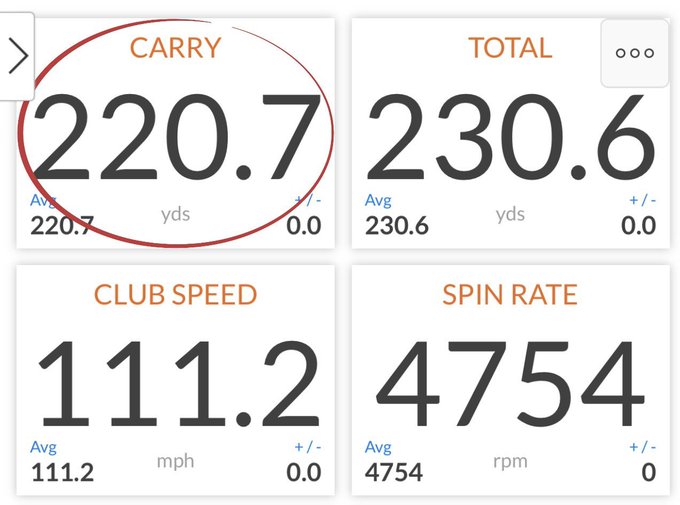Probably no golf instruction book has been more widely read, dissected, and discussed than Ben Hogan’s Five Lessons. What he said was the sum of his experience with the golf swing, but it has meaning beyond that when other golfers interact with its advice. These are my thoughts.
Five Lessons was serialized in Sports Illustrated, which my father subscribed to in the time when it was a literary magazine with a definite East Coast influence. There was coverage of polo, sailboat racing, horse racing, and Charles Goren had a bridge column. Ivy League football got covered as well as the national heavyweights.
I devoured the articles, and still have the copy of the book my father gave me in the early 1960s, when I was about twelve years old, much too young to even begin to understand and appreciate what he was talking about.
But I read it anyway, along with Johnny Revolta’s Shortcuts to Better Golf, which I checked out of the library countless times until I got a copy for my birthday in 1965.
As every golf book that has ever been written should have the title, How I Play Golf, which only Tiger Woods has done, such is Five Lessons. The opening chapter on the grip, while being the most thorough discussion if this important fundamental you will ever read, is about how to grip the club like Ben Hogan does. See instead my advice in A Basic Golf Swing.
Much of what Hogan says to do are not really what he does, but what he thinks he is doing because of how it felt to him. You know what we say now, feel is not real.
For example, in the stance, the placement of the feet and the position of the elbows do not match pictures of him in action. But those are small points.
What I want you to appreciate are two things. You have to read the entire book, because one sentence can speak louder than an entire paragraph. Second, and it seems as if I am contradicting myself, do not take any sentence as a stand-alone statement. You can be lead astray.
Take for example his oft-quoted statement, “As far as applying power goes, I wish that I had three right hands!” Yes, but that is not the whole story.
He said that in the context of “the left hand driving all the time,” and “AT IMPACT THE BACK OF THE LEFT HAND FACES TOWARD THE TARGET. THE WRIST BONE IS DEFINITELY RAISED.”
If the left hand is in this position it cannot be overpowered by the right hand, which would turn the clubface over and produce a wicked hook, the bane of Hogan’s existence.
And a few pages earlier, Hogan says quite clearly, regarding the hands, “YOU MUST HIT AS HARD WITH THE LEFT AS WITH THE RIGHT.”
In other words, read the whole book, not just the parts you like.
Hogan’s book is about causes, not about effects, by and large. It seems that he has not even mentioned two of the most important things a golfer has to accomplish at impact: ball first, ground second, and my favorite, the hands led the clubhead.
But if you read carefully, there they both are, within the space of eight lines of text on page 104. “For one thing, it helps you strike the ball absolutely clean, before the club takes turf.” This is followed a few lines later by, “Second, since this slight supination action [of the left hand] places the hands a shade ahead of the clubhead at impact, some loft is subtracted from the face of the club.”
He goes on to say about the latter that this gives you more distance by turning a seven-iron into a five-iron. Actually, Hogan should have stayed with his main point, which is that if you use your hands in such a way that the left hand does not allow itself to be overpowered by the right, the evidence is that the hands lead the clubhead at impact.
To say it backwards, if the hands lead the clubhead at impact, it is not possible that the right hand has overpowered the left, and it is up to the left hand to make sure that does not happen.
What about Hogan’s secret?
In 2009, Jody Vasquez published a book, Afternoons With Mr. Hogan, in which he revealed Hogan’s secret as Hogan revealed it to him. It has to do with how the right knee breaks in the forward swing. Why was that not in Five Lessons? “I’m not telling them this one!” Hogan replied when Vasquez asked him.
But he dropped a hint. On page 92, Hogan says, “The right knee breaks in, definitely, toward the target, boosting the mounting velocity of the swing.” There it is. Hogan’s secret if you can appreciate it, which few if any readers did back then or do now.
These are just a few examples. There are many more. Five Lessons is not an easy book to read if you want to absorb its teachings. But it’s worth the effort.

